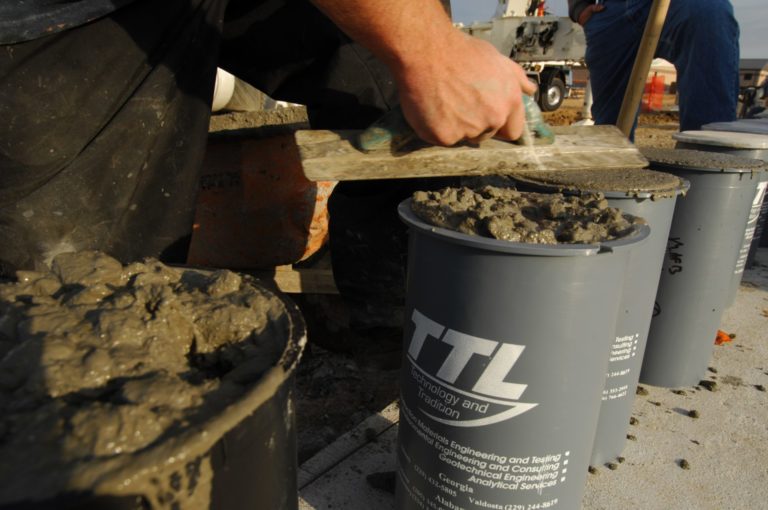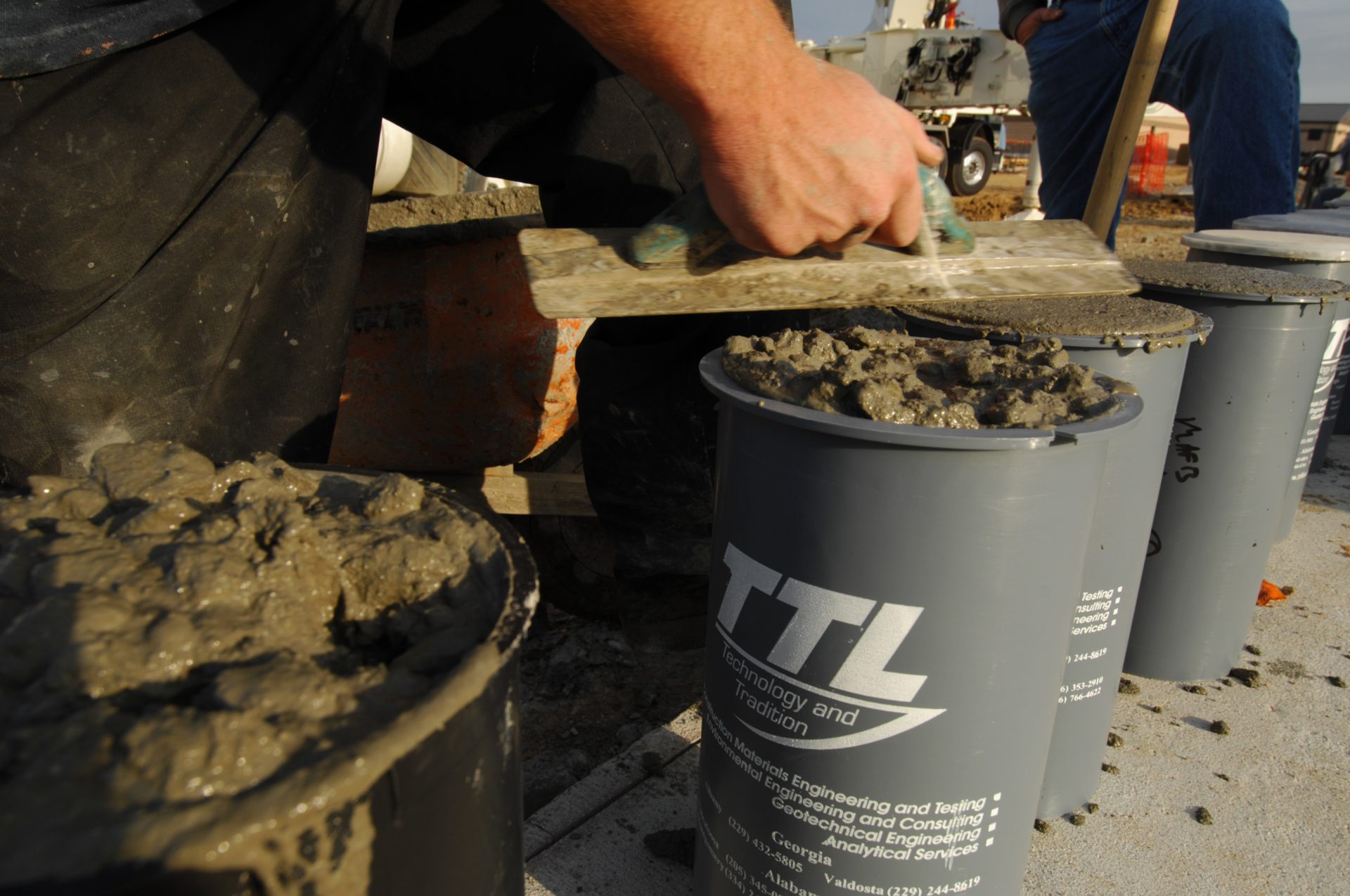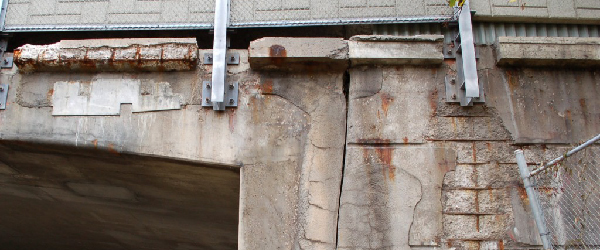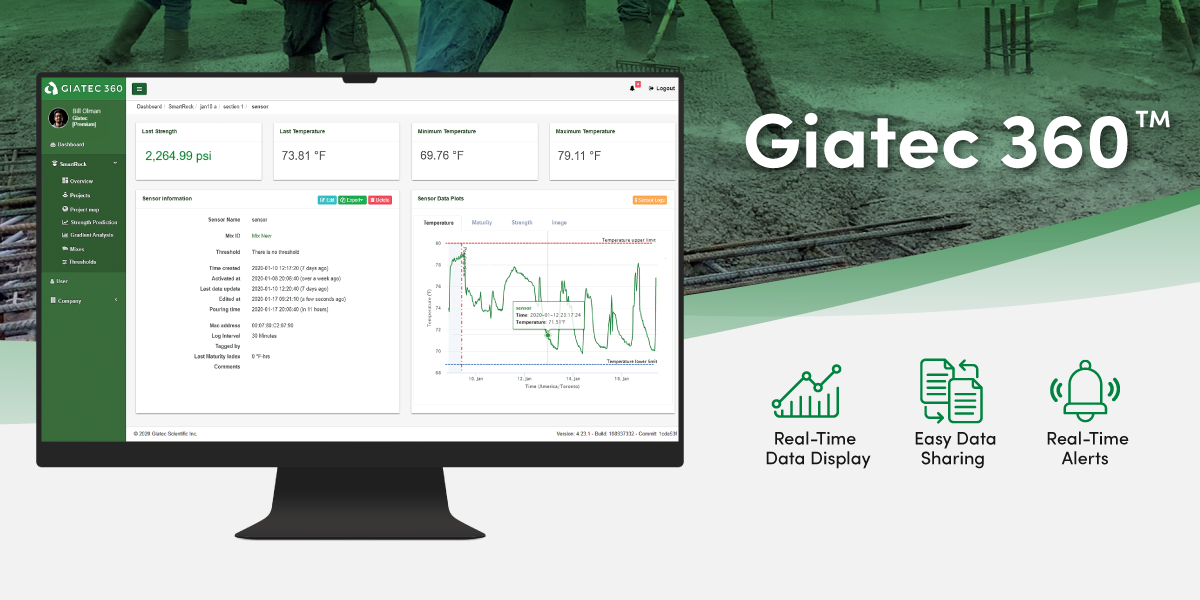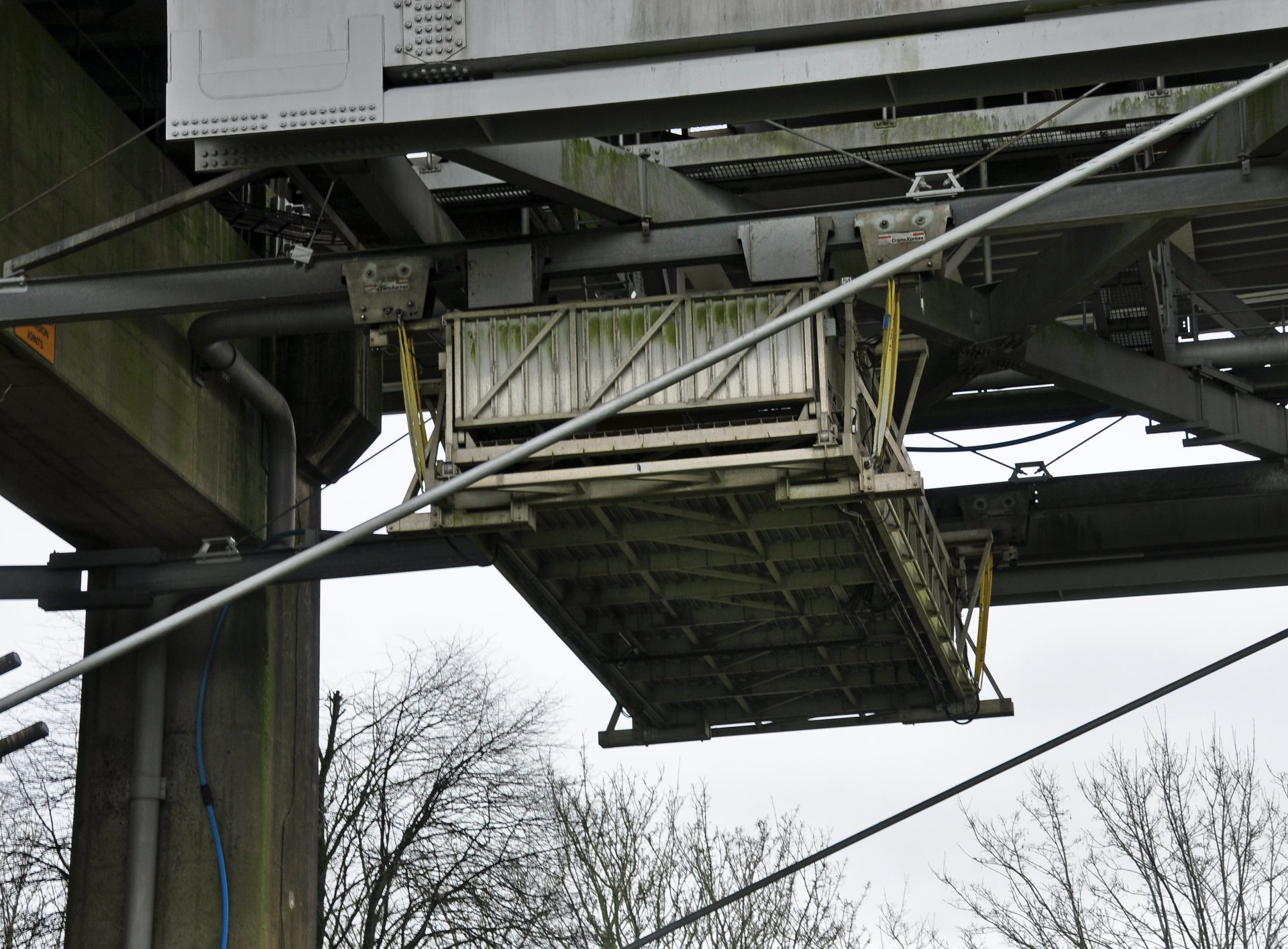Concrete curing temperature is undoubtedly a critical part of construction. According to a report by ACI Committee 308, the American Concrete Institute defines “curing” as “the process by which hydraulic-cement concrete matures and develops hardened properties over time.” This process can be negatively impacted if freshly placed concrete is exposed to temperatures that are too high or too low. The beginning stages of the process are essential to the success of the project, as curing directly influences the quality of your overall structure. Continue to read for more information on curing boxes and the maturity method.

Strength gain during this early stage is rapid but will slow the longer the concrete cures. A proper cure has the following benefits for your completed structure:
- Increased durability and strength.
- Water tightness.
- Abrasion resistance.
- Better volume stability.
- Resistance to freezing and thawing.
Click here to learn more about concrete curing!
Using Concrete Cylinders to Test for Concrete Strength
To make sure your concrete is curing properly, it is essential to conduct strength tests. For over 180 years, concrete cylinder break tests have been used for compression strength testing in the construction industry. To conduct a cylinder break test, cylinders must first be cast onsite, using the same mix that is being poured. Next, the field-cured cylinders are either sent to a lab to cure, or kept next to the in-situ concrete. Finally, the cylinders are placed in a testing machine and the amount of force needed to crush the cylinder is recorded. Typically, cylinders are tested after 3, 7, and 28 days after placement. The results of the test will tell the project manager if the in-situ concrete slab is ready to move onto the next step of the project, such as load application or tensioning. This method has allowed concrete construction to thrive over the years, but it certainly has its pros and cons. Before moving into the cons, let’s list a few advantages to this traditional method:
- Provided the procedure follows the standards and the reports are accurate, it is very difficult to falsify the strength of the concrete.
- Because the method is so commonly used, it is usually quite easy to find qualified labs and technicians to carry out testing.
- Concrete cylinder tests are relatively cheap to execute as the molds are often made of plastic. The test itself may cost between $70 – $250 for three concrete cylinder breaks.
Using Concrete Curing Boxes to Store Cylinders
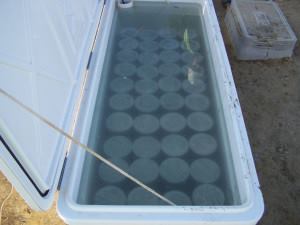
One important issue with concrete cylinder break tests is the risk of low breaks, which can occur due to improper handling of concrete cylinders onsite or in transport. According to Concrete Construction, mishandled cylinders “can easily break at 15% lower than those that are treated well.” Concrete curing boxes help mitigate this issue, by providing a safe home for the concrete cylinders while they cure. This also protects them from being jostled around during the trip to the lab. In addition, many curing boxes are temperature controlled, so the cylinders can maintain specified temperatures according to ASTM C31: “Standard Practice for Making and Curing Concrete Test Specimens in the Field” and AASHTO T 23: “Standard Method of Test for Making and Curing Concrete Test Specimens in the Field.” While this is a great way to store and product cylinders, there is a clear disadvantage: the concrete cylinder is curing in a different condition than the concrete slab. Therefore, the concrete cylinder – in a curing box or not – will never be truly representative of the in-situ slab. Other disadvantages of the method include:
- Overall, it is a time-consuming process, and delays are common.
- The desired strength may be reached early according to the cylinders in your curing box, but you will still need to wait for the lab to complete the break test and send you the results before moving on to the next step of the project.
- While individual break tests are inexpensive, costs add up over time.
- It is easy for third-party labs to falsify results if errors occurred.
Click here and here for more information about concrete cylinder break tests.
Using Wireless Maturity Sensors to Maintain Concrete Curing Temperatures
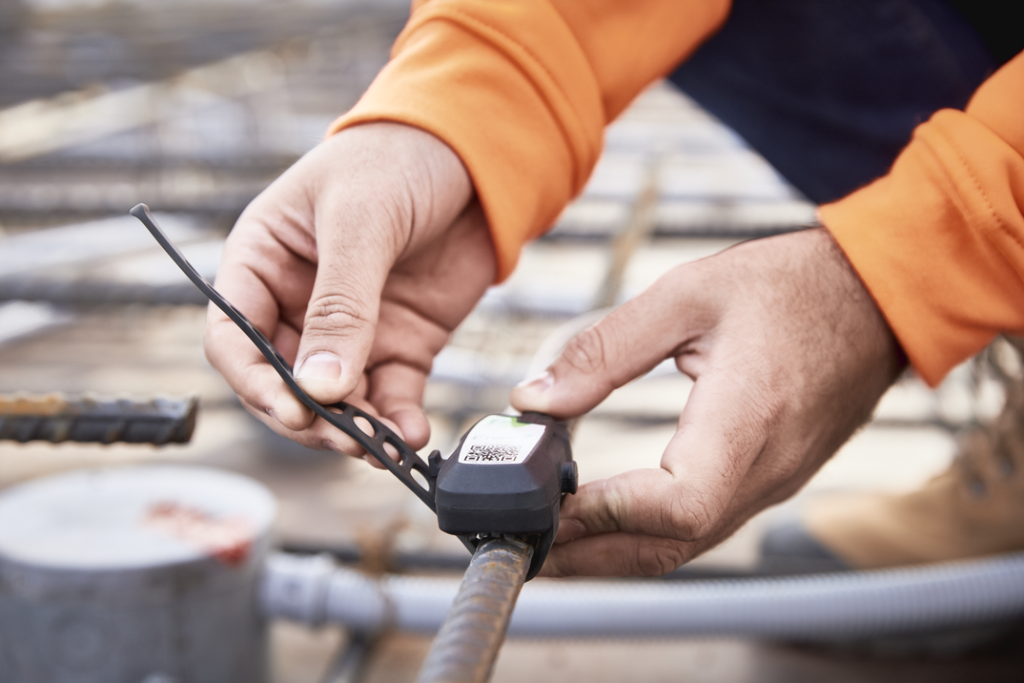
SmartRock® maturity sensors present a unique alternative this traditional method. The sensor is wireless, robust, and fully-embedded, providing real-time data on your in-situ concrete curing temperature, maturity, and strength. SmartRock is a maturity meter that uses the highly-accurate maturity method in accordance with ASTM C1074: “Standard Practice for Estimating Concrete Strength by the Maturity Method.” The biggest disadvantage to this method is a higher upfront cost. Still, by knowing the status of your pour 24/7, your project can move along as efficiently as possible, saving you thousands of dollars. Avoiding inaccuracies and delays associated with concrete cylinders easily justifies the initial cost. Forget the hassles of traditional testing and join 7,000+ users in this new way of concrete testing with SmartRock!
